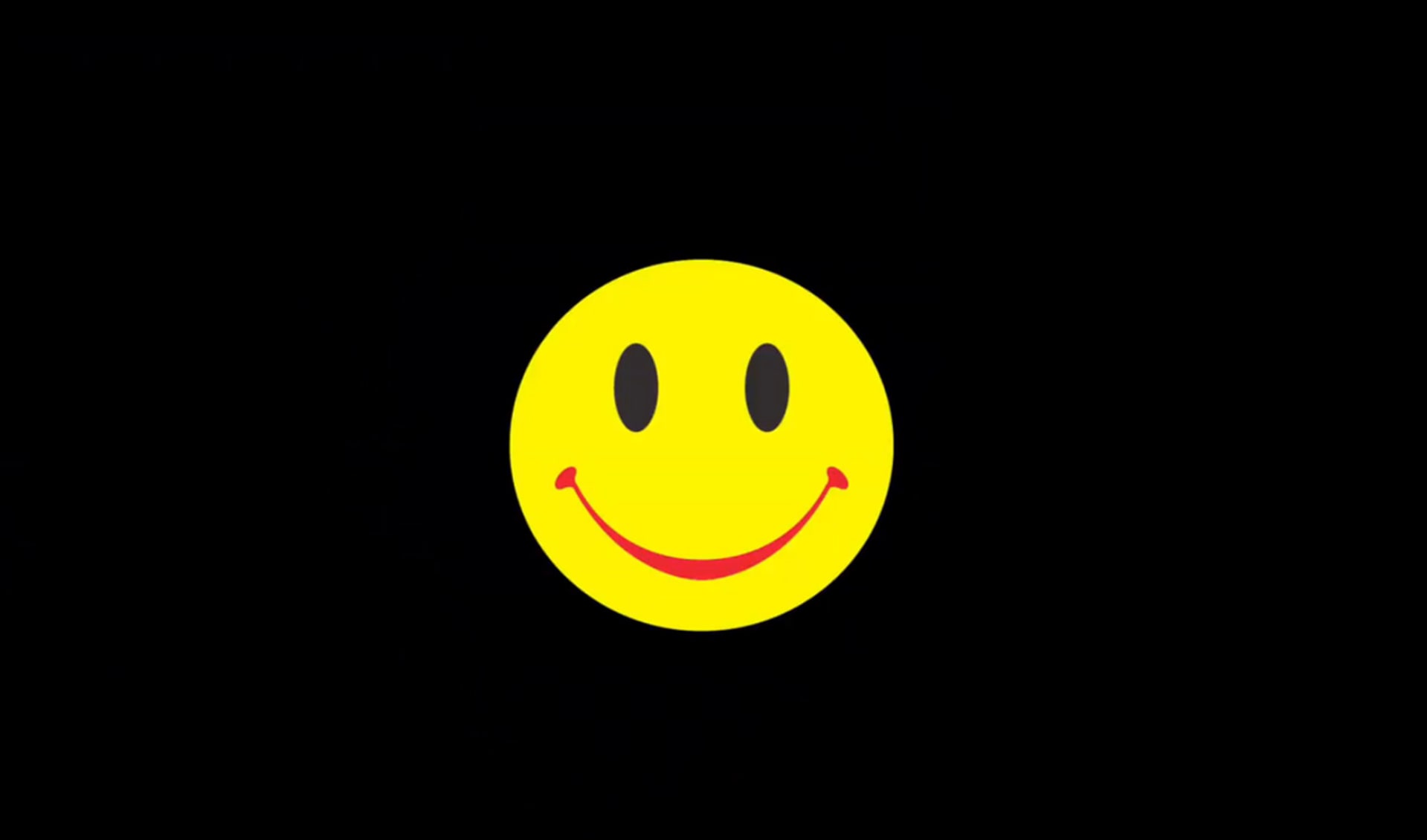
Inside the New Beat Documentary The Sound of Belgium
In Belgium, we’re not very proud of our own culture, so why would you make a movie about our electronic music? Because the only original music that came of Belgium was electronic music. If you didn’t live that scene, you don’t realize its importance. And in Belgium things are different, which is an important aspect of my documentary, The Sound of Belgium. You see, in most societies, if you want to go to the most famous clubs you go to the capital, and after that probably to the center of town. Most of our clubs were in the middle of nowhere.
Also, years before electronic music even existed, people in Belgium were dancing to mechanical, automated sounds. For days on end. There is a small town at crossing highways where roads from Antwerp to Germany and Brussels to Holland all meet called Zandhoven. Along these roads there were six or seven huge spots for people to stop and have a snack and a drink. And all of them had a loud, powerful self-playing organ.
Now, the organs produce an analog sound, but it’s digital music: There’s paper—music roll—being fed into the machine, and if you look at the early versions of Cubase, it looks exactly the same. So there was already this tradition of dancing to the straight synchronized beat of these organs, which I would argue is a very subconscious influence, this very measured organ beat. And it’s important to make this connection, whether you like organ music or not, because EBM, new beat and techno—all of this followed from this mechanized tradition, and it’s unique to Belgium. Most of the dance halls also stayed open the whole week and throughout the whole weekend.
It was a prosperous time in the ’50s, and people had money to spend. And it was the beginning of the notion of partying to mechanized music kind of endlessly. This was the ’50s, mind you. And back then a record player was not loud enough for a crowd of dancers. But these organs were loud. Most other documentaries about electronic music were from a very British perspective but they don’t have a clue about what happened next door in Belgium, and I don’t blame them. New beat happened 20, 25 years ago and still no one had made a documentary about it. I haven’t even found a book. The first decent piece of writing that was written about it was done by an Englishman, Bill Brewster in Last Night a DJ Saved My Life, and the new beat story is in the same chapter as Ibiza.
Years ago Ibiza and Belgium were pretty similar. It was the same blend of music and the same desire for a mixture. Except the only difference is in the Ibiza music you hear the sunshine and in Belgian music you hear the rain. And even though no one seems to talk about new beat, it has influenced the world in ways you wouldn’t expect. I took a trip to Mexico and when I went record digging, three-quarters of the electronic music I found there was Belgian new beat! Also, I remember in the early stages of researching for the movie, I watched a documentary about British jungle music. There was one famous DJ, Fabio I believe, who was saying, “We started making this jungle because we were fed up with being conquered by the Belgian stuff.”
And in the early ’90s, UK music was all Belgian stabs with the big beats. The English just started copying these sounds. Take the label XL Recordings: their first records are reissues of Belgian tracks. If you listen to the first Prodigy tracks the Belgian influence is obvious. Like, “Charlie” for instance. The only thing is that there’s something different in their way of chopping up the breakbeats, and Belgian music is somewhat more militaristic, like EBM—which comes from music and national history. The point is that music doesn’t change by itself. Society and technology change music. Self-playing organs and new highways connecting roadside dancehalls; these were the main ingredients to our electronic music and dance culture.
This article originally appeared in the Winter 2014/2015 issue of Electronic Beats Magazine and was compiled by A.J. Samuels. Read part one and part two of the 72 Hours in Antwerp feature. All photos by Elena Panouli.
Published May 22, 2015.
